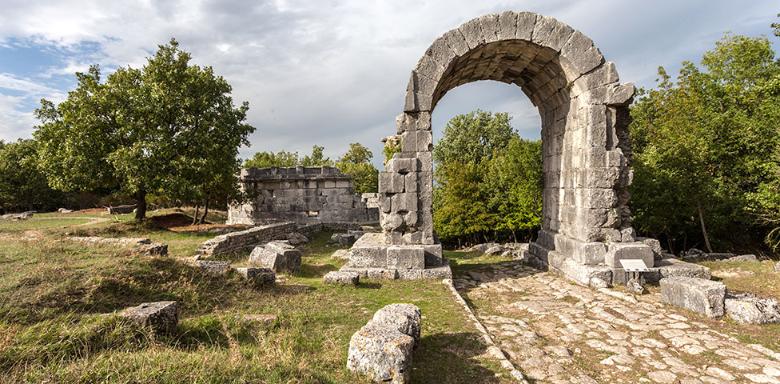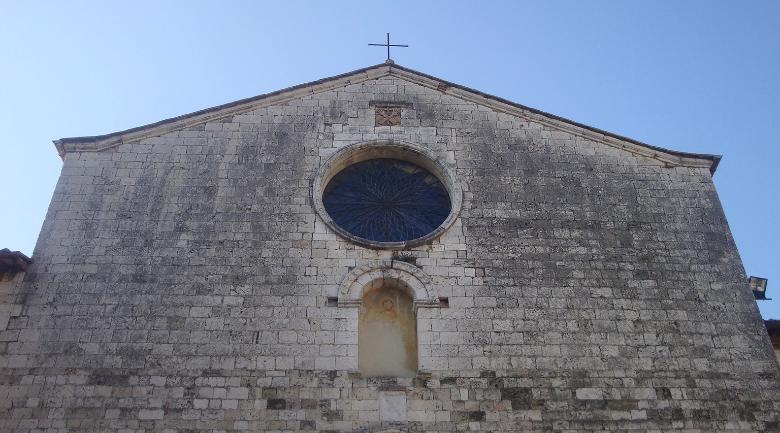Archaeological Park of Carsulae
The Via Flaminia represents one of the most significant consular roads in the Roman world, serving as a link between Rome and the Adriatic and touching numerous sites and places throughout Umbria. It was such an important road axis that it gave impetus to the formation of many towns that sprang up along its route.
Among these, there is one a few kilometres from Terni and near San Gemini that, unlike many others, did not know continuity of life beyond the Roman period: it is the city of Carsulae.
The first traces of sylvan-pastoral settlements date back to the 9th century B.C., but it was only in the 6th century B.C. that it began to develop into a real city, with the construction of the first walls.
With the construction of the Via Flaminia vetus, which took place in 220-219 B.C. by the consul Caius Flaminius, at the end of the 3rd century B.C. Carsulae acquired greater importance and began to attract inhabitants from the neighbouring areas. After a period of abandonment, this Roman city has come down to our days, preserving its image intact as if it had been frozen at the moment when the last inhabitant left its walls.
The monuments
Within the archaeological area, one can admire some of the impressive remains of public monuments, both civil and religious.
The cardus maximus, the central axis of the city, coincided with the Via Flaminia, which entered through the Arch of San Damiano into the Roman forum. Here, perfectly preserved stone paving also shows the sections where the side channels for water drainage and pavements were preserved. The Arch at the entrance to Carsulae also marked the boundary between the city of the living and the city of the dead, and outside the walls, numerous monuments testify to the presence of important burials, such as the imposing funerary construction that must have belonged to one of the city’s most influential families.
In the immediate vicinity of the urban section of the street stand two buildings related to entertainment: the theatre and the amphitheatre, the latter recently restored. The amphitheatre is an imposing building that could seat about 6,000 to 7,000 spectators.
Among the public buildings that overlooked the forum, the heart of public and administrative life in Carsulae, are the Basilica and the Curia, as well as temples, including the main one and the so-called Templi Gemini, whose deities remain unknown to this day.
The city was equipped with a water supply system with several cisterns, one of which has been transformed into an Antiquarium, intended to house archaeological finds from the site such as architectural fragments, architectural terracotta, painted plaster and funerary epigraphs.
There were also baths in the city, probably linked to a private building.

































.jpg/cef61178-1781-47c0-2f27-8aa34140004b?width=780)

